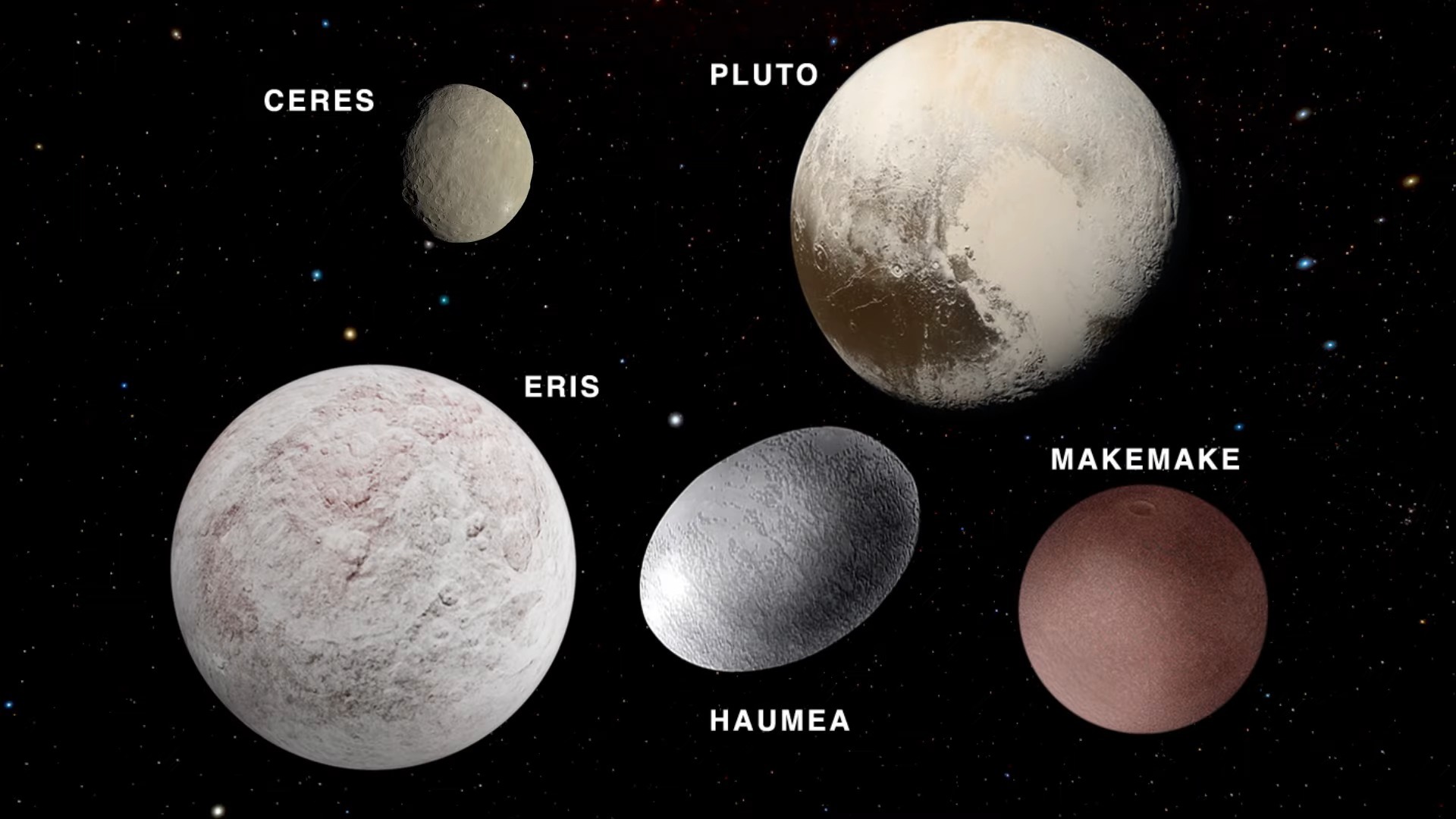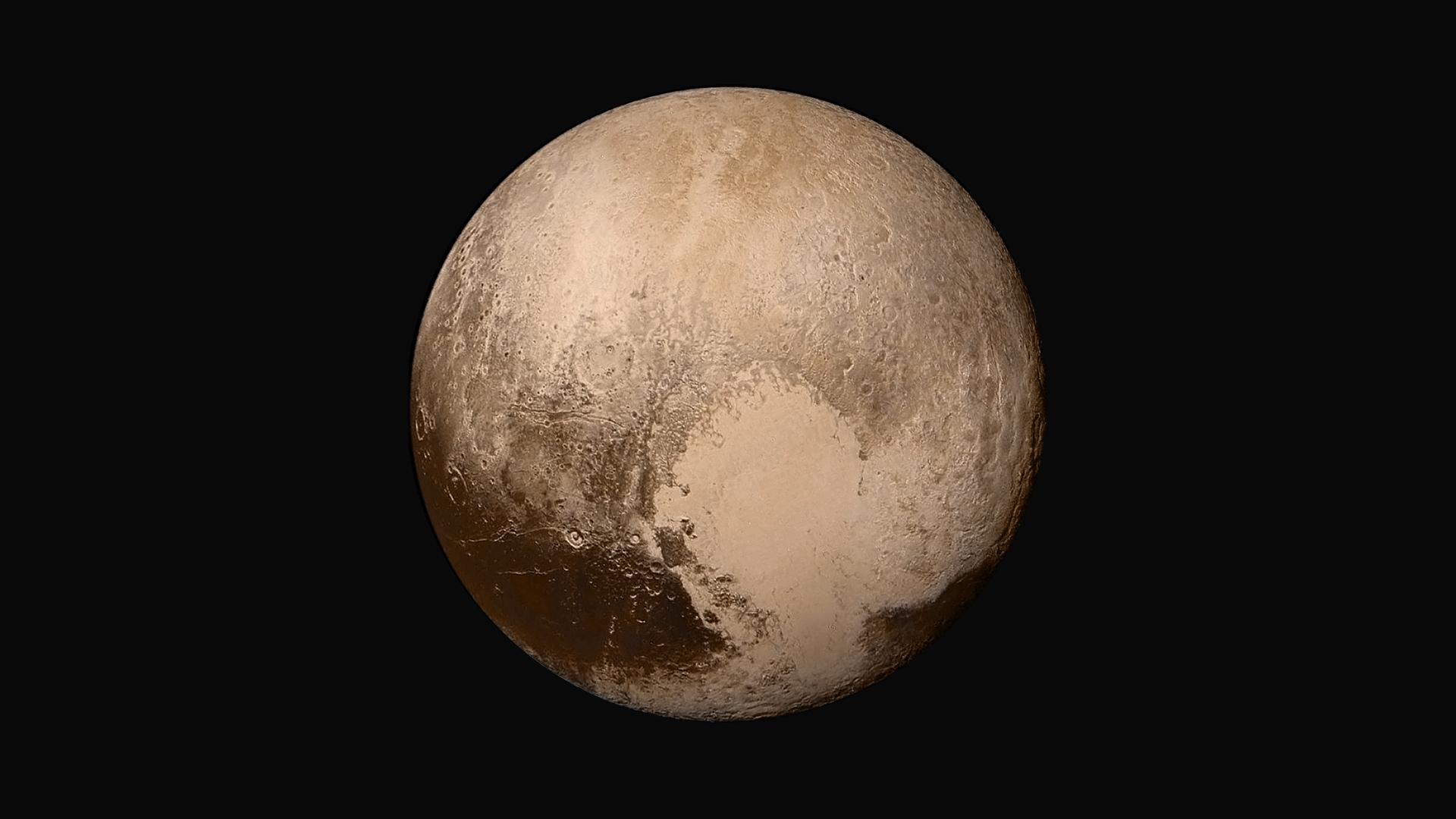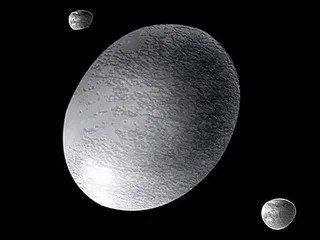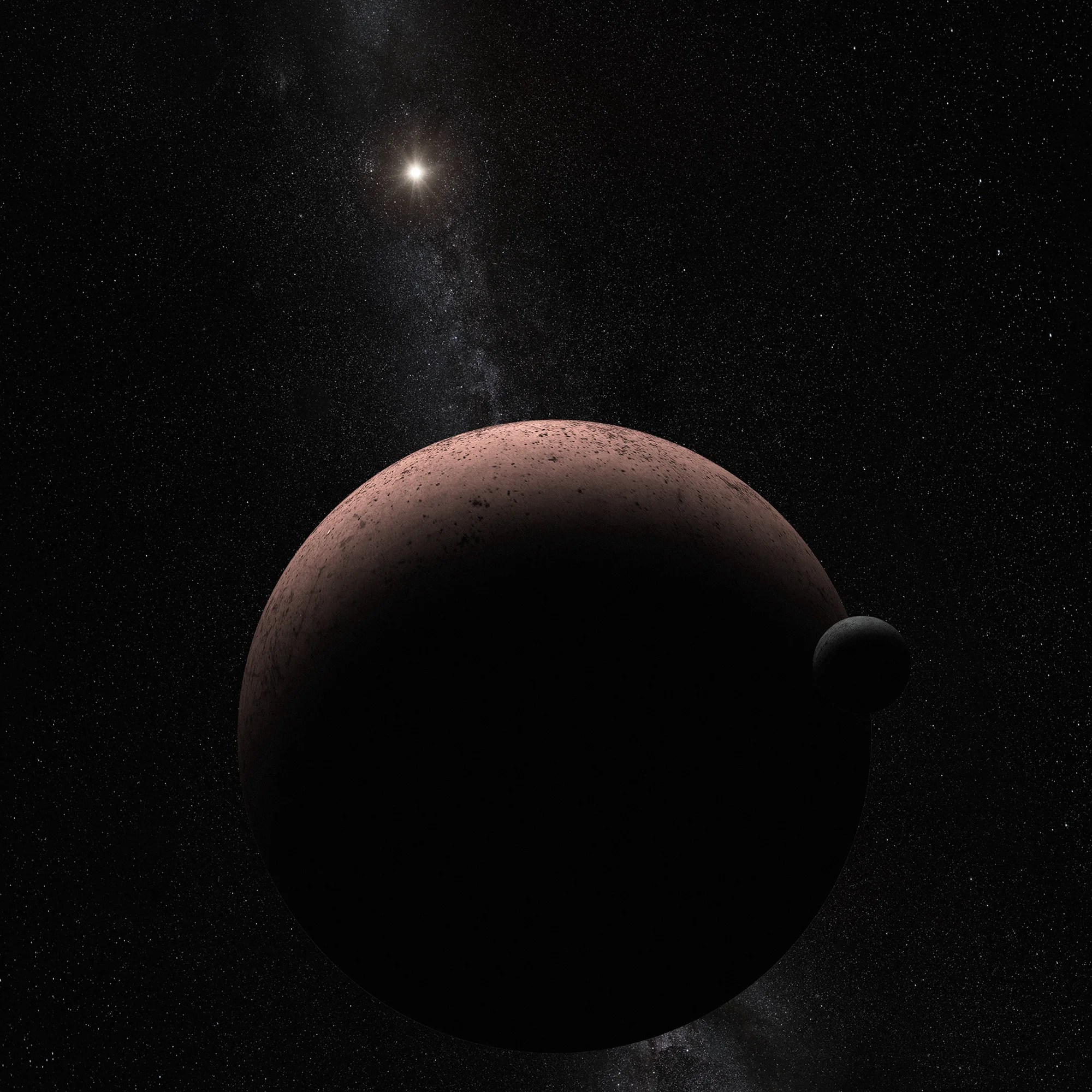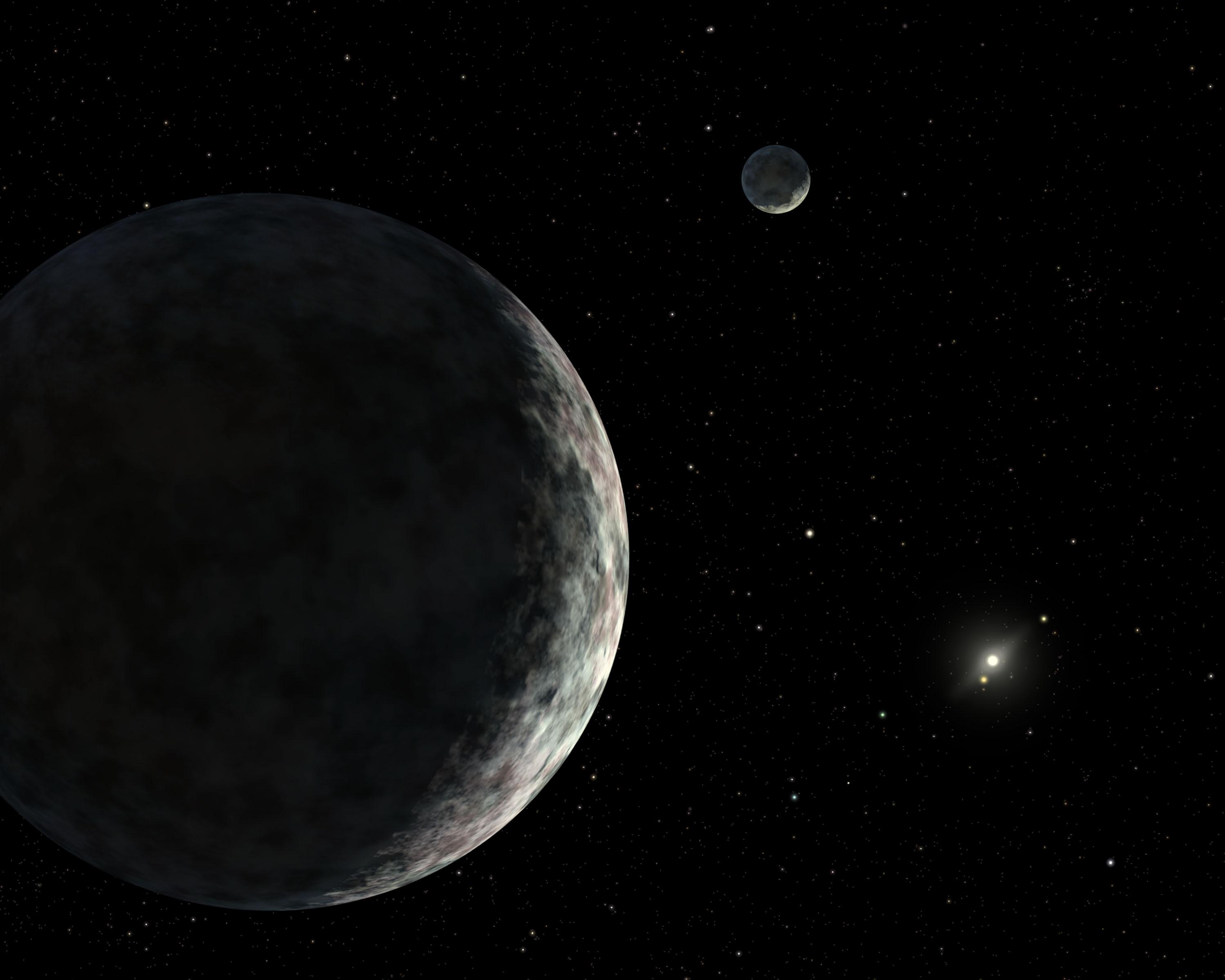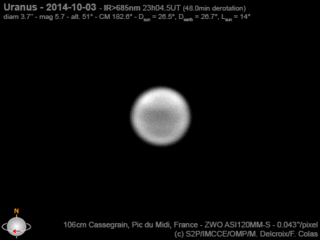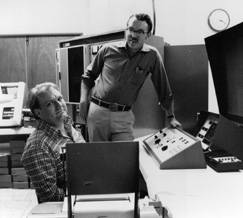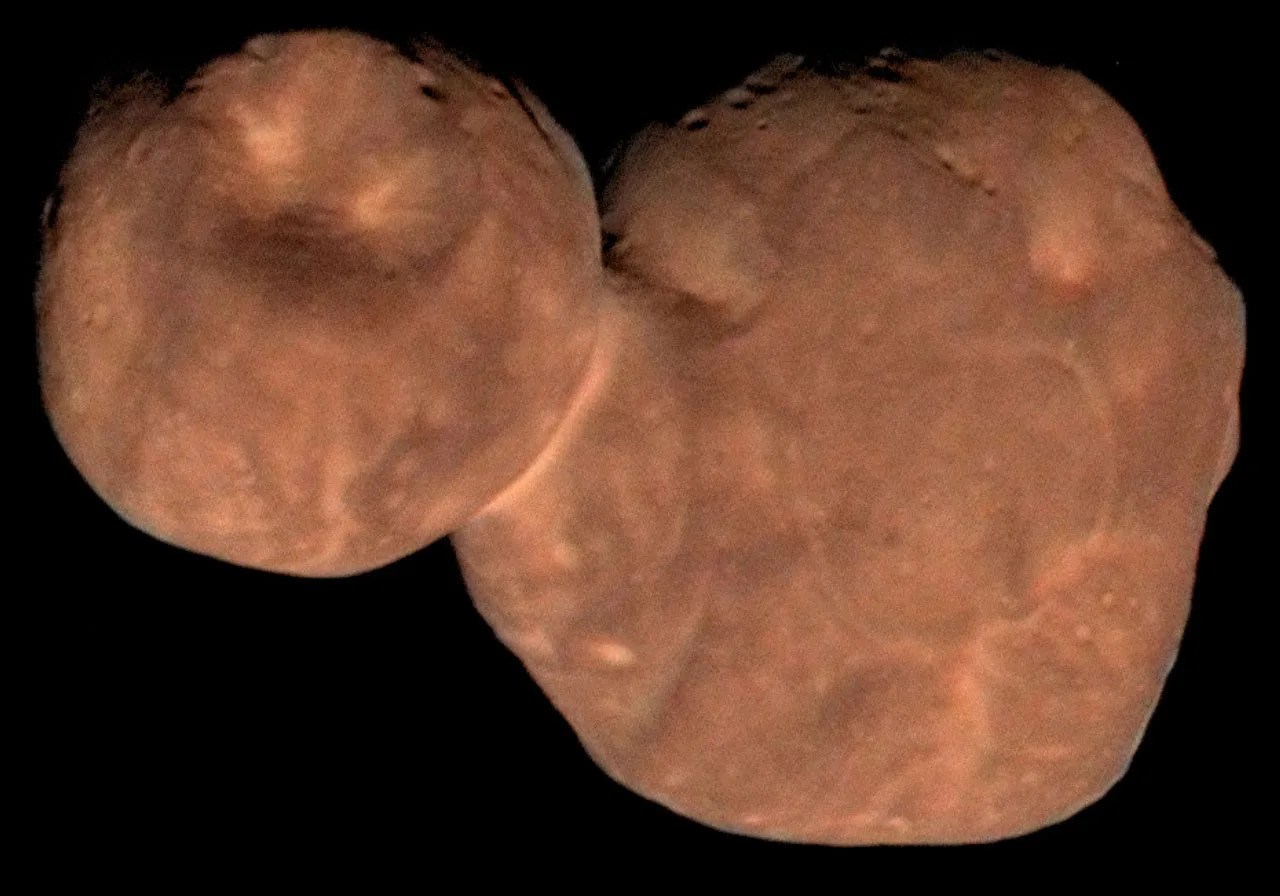Dwarf Planets Overview
Pluto and other dwarf planets are a lot like regular planets. So what’s the big difference? The International Astronomical Union (IAU), a world organization of astronomers, came up with the definition of a planet in 2006. According to the IAU, a planet must do three things:
- Orbit its host star (In our solar system that’s the Sun).
- Be mostly round.
- Be big enough that its gravity cleared away any other objects of similar size near its orbit around the Sun.
Dwarf planets like Pluto were defined as objects that orbit the Sun, and are nearly round, but have not been able to clear their orbit of debris.
So far, the IAU has only recognized five dwarf planets. In order of distance from the Sun they are: Ceres, Pluto, Haumea, Makemake, and Eris. But the IAU says there may be many more dwarf planets – perhaps more than a hundred – waiting to be discovered.
DWARF PLANETS
Pluto: The Star of Dwarf Planets
Pluto is by far the most famous dwarf planet. Discovered by Clyde Tombaugh in 1930, Pluto was long considered our solar system's ninth planet. But after other astronomers found similar intriguing worlds deeper in the distant Kuiper Belt – the IAU reclassified Pluto as a dwarf planet in 2006.
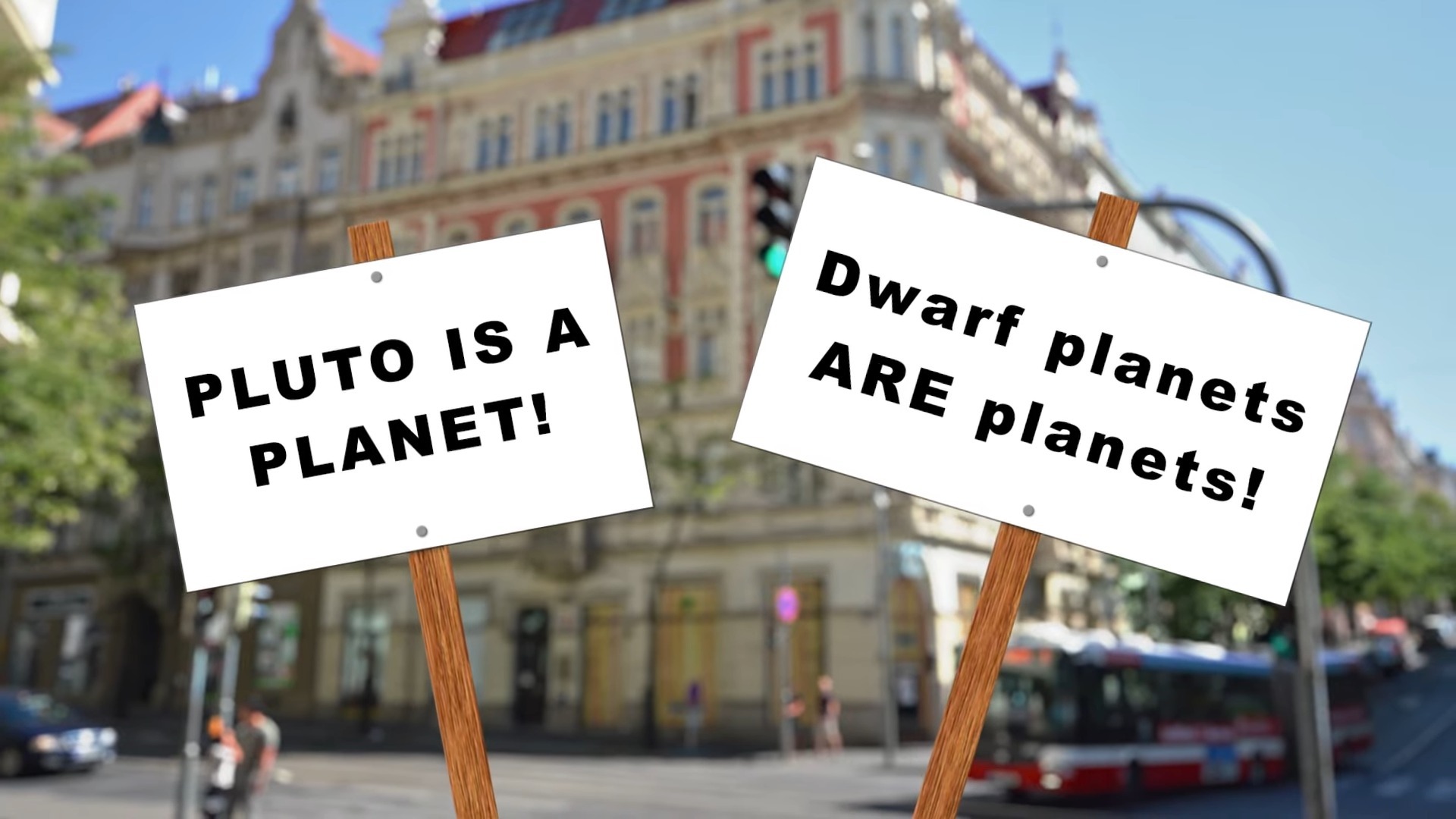
There was widespread outrage on behalf of the demoted planet. Textbooks were updated, and the internet spawned memes with Pluto going through a range of emotions, from anger to loneliness.
On July 14, 2015, NASA’s New Horizons spacecraft made its historic flight through the Pluto system – providing the first close-up images of Pluto and its moons and collecting other data that has transformed our understanding of these mysterious worlds on the solar system’s outer frontier.
Dwarf planet Ceres is closer to home. Ceres is the largest object in the asteroid belt between Mars and Jupiter, and it's the only dwarf planet located in the inner solar system. Like Pluto, Ceres also was once classified as a planet. Ceres was the first dwarf planet to be visited by a spacecraft – NASA’s Dawn mission.

